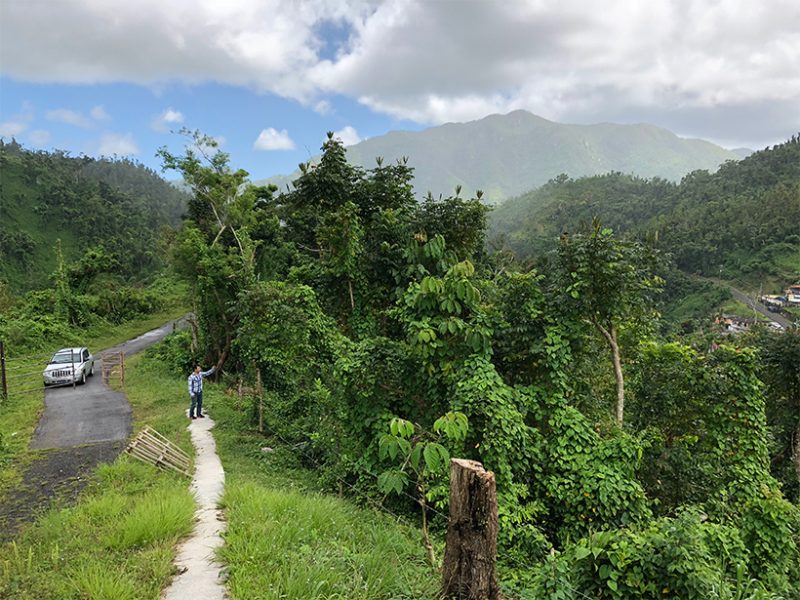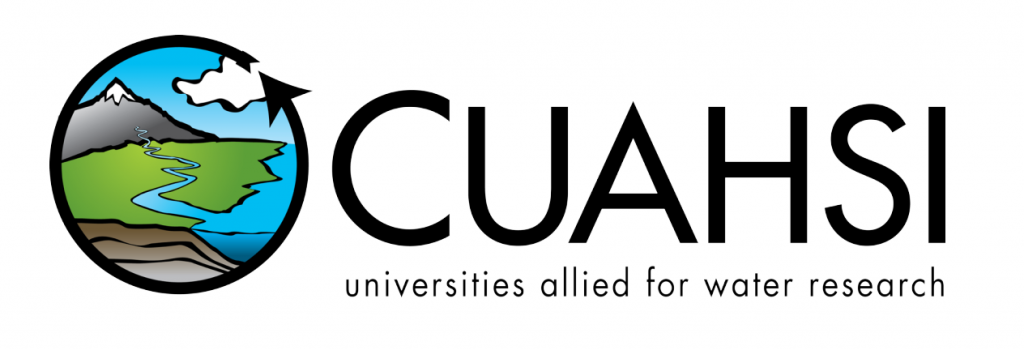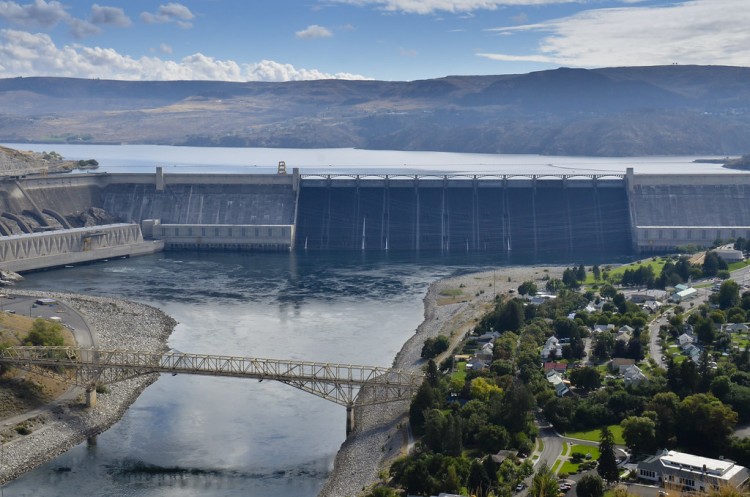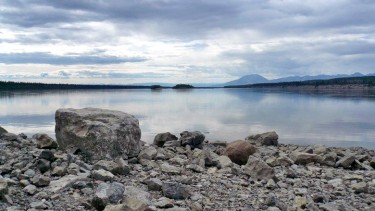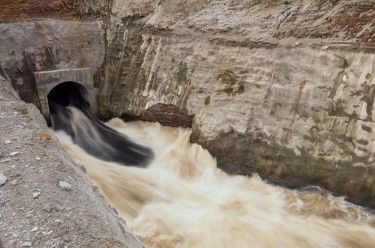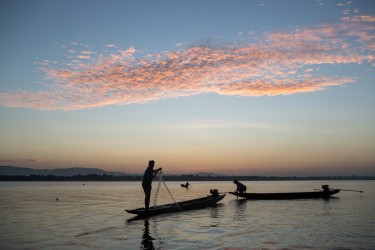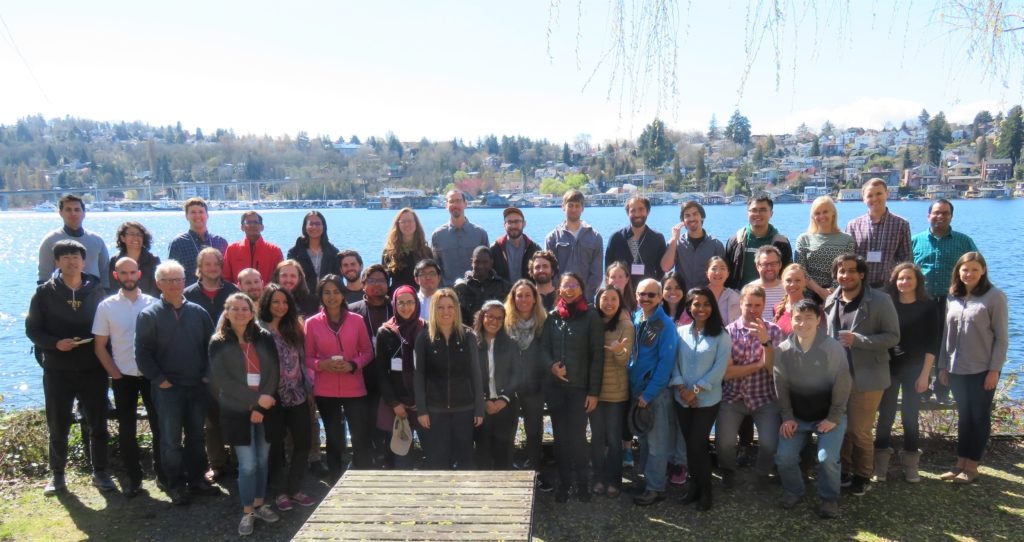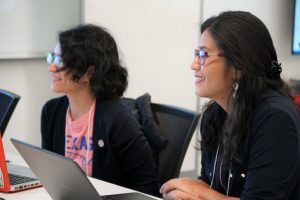Freshwater Initiative Spring Celebration
Do you have a dream research project that you want to share with academic community? If so, Freshwater Initiative invites you to present your idea in a lightning talk (2-3 minutes) answering the following question: if you had unlimited funding for a year, what is one interdisciplinary question you would pursue?
With this event, we also want to celebrate the many accomplishments of the Freshwater Initiative (FWI) this past year. From Waterhackweek to the Freshwater Exploration Series, the graduate student steering committee has worked hard to provide students with opportunities for academic development and encourage interdisciplinary collaboration. Come celebrate our organization’s successes, learn more about how you can be a leader in FWI, and flex your academic creativity with a lightning talk! Refreshments and pizza will be provided.
What: Freshwater Initiative Spring Celebration and Lightning Talks
When: Wednesday, May 29, 4:00 – 6:00 PM
Where: Physics/Astronomy Tower, Room C610C
Details: We will start with a quick info session about the Freshwater Initiative before transitioning into lightning talks. Attendees will vote on their favorite talks and the winner will receive a small prize.
Contact Roxana Rautu with questions: rautu92@uw.edu.

